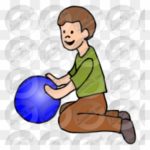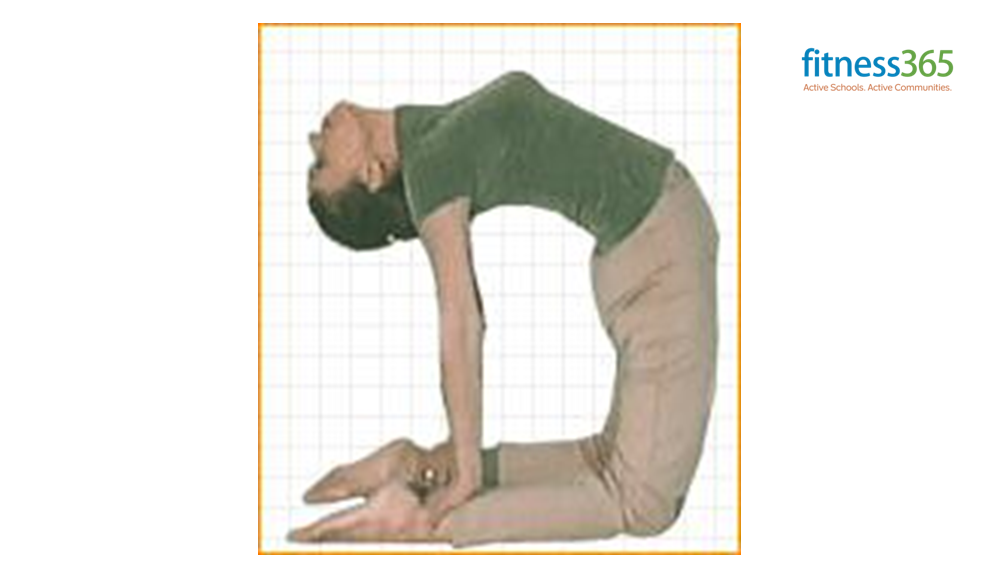
by Neetu | Jun 18, 2020 | Fitness Activity
Posture: Ushtra-asana – The Camel Pose
(Pronunciation: oosh-trah-sa-na)
Description:
The Sanskrit word ushtra means camel.
Performing Instructions:
- Sit up on the knees with the heels of the feet pressed against the buttocks and the calves of the legs flat on the floor.
- Reaching backward, grasp the left ankle with the left hand and right ankle with the right hand.
- Inhale through the nostrils and lift the buttocks off the legs arching the back and thrusting the abdomen forward and tilt the head as far back as possible.
- Either hold the posture for the duration of the inhale breath or breath gently through the nostrils while holding the posture.
- Exhale and return to the kneeling position.
Comments:
The ushtra-asana is a powerful posture for streatching the spine, back muscles, shoulders and arms. It is best to practice it later in your asana routine after most of the muscles are limber and and you have worked the back and shoulders.
Duration/Repetitions
Hold the posture for the duration of the inhaled breath. If you choose to breathe while holding the ushtra-asana, hold it for between thirty seconds to one minute. Repeat the posture three times.
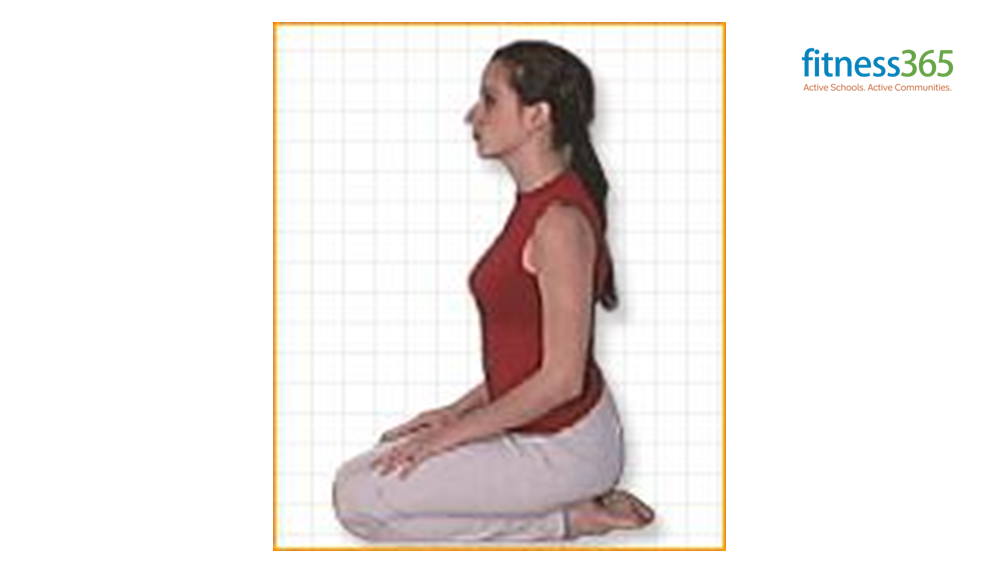
by Neetu | Jun 18, 2020 | Fitness Activity
Posture: Vajra-asana (The Thunderbolt or Diamond Pose)
(Pronunciation: vuh-drah-sa-na)
Description:
The Sanskrit word vajra means thunderbolt or diamond.
Performing Instructions
- The vajra-asana is a seated posture. Begin by sitting back on your heels and placing your knees, legs and feet together.
- Keeping the back straight place the palms of your hands down on top of your thights.
- Breath gently thorugh your nostrils and sit in this position for at least three minutes.
Comments:
The vajra-asana is a versatile posture well suited for meditation, rest in between other seated postures, or as an aid to digestion.
The vajra-asana is the position in various other yoga postures such as the anjaneya-asana (salutation posture) and the ushtra-asana (the camel).
Duration/Repetitions
The vajra-asana can be held for as long as is comfortable(and depending on the reason for doing the posture).
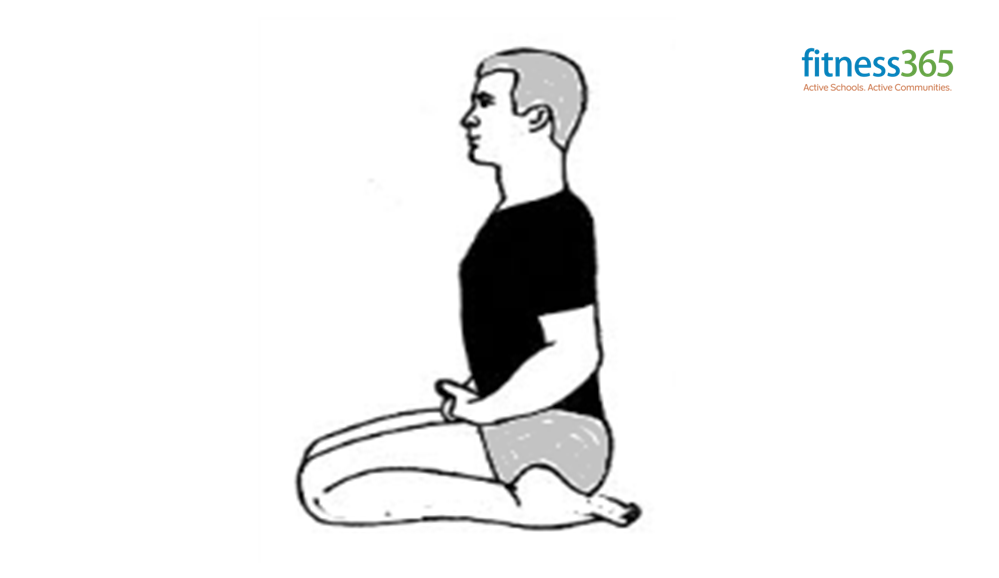
by Neetu | Jun 18, 2020 | Fitness Activity
Posture: Vira-asana – The Hero Pose
(Pronunciation: veer-ah-sa-na)
Description:
The Sanskrit word Vira means hero, brave or eminent man, or warrior.
Performing Instructions
- Kneel on the floor with the calves and tops of the feet flat on the floor and the thighs touching.
- Slowly spread the feet, about shoulder-distance apart, while keeping the knees together. Place the buttocks flat on the floor. The outer sides of the thighs are touching the inner sides of the calves and the soles of the feet are exposed facing up. Place the hands’ palms downs, on the knees, and form a circle with the thumb and forefinger (in the chin-mudra) while pointing the other fingers straight ahead.
- Breath slowly and deeply through the nostrils and remain motionless for six complete breaths (an inhale and exhale is one complete breath).
- Inhale slowly and stretch the arms straight up over the head and interlock the fingers with the palms pushed upward. Remain in this position for six complete breaths.
- Exhale slowly, release the fingers and slowly bend forward at the waist while placing the palms of the hands flat on the soles of the feet. Place the chin between the knees.
- Hold this position for the duration of six complete breaths. Inhale, raise the chest up, stretch the legs straight ahead and place the hands, palms down, on top of the thighs.
Comments:
The vira-asana is an alternative to the Padma-asana, Siddha-asana, as well as other seated postures, for mediation and pranayama.
Duration/Repetitions
Hold the posture from several minutes as part of an asana session or for the duration of your meditation or pranayama.
Variations
The Supta-vira-asana variation (supta is the Sanskrit word for “lying down”) stretches the abdominal muscles and relieves pain and discomfort in the legs. Begin the posture as detailed above then incline backward and lean the back on the floor. The arms are stretch straight above the shoulders and kept flat on the floor.
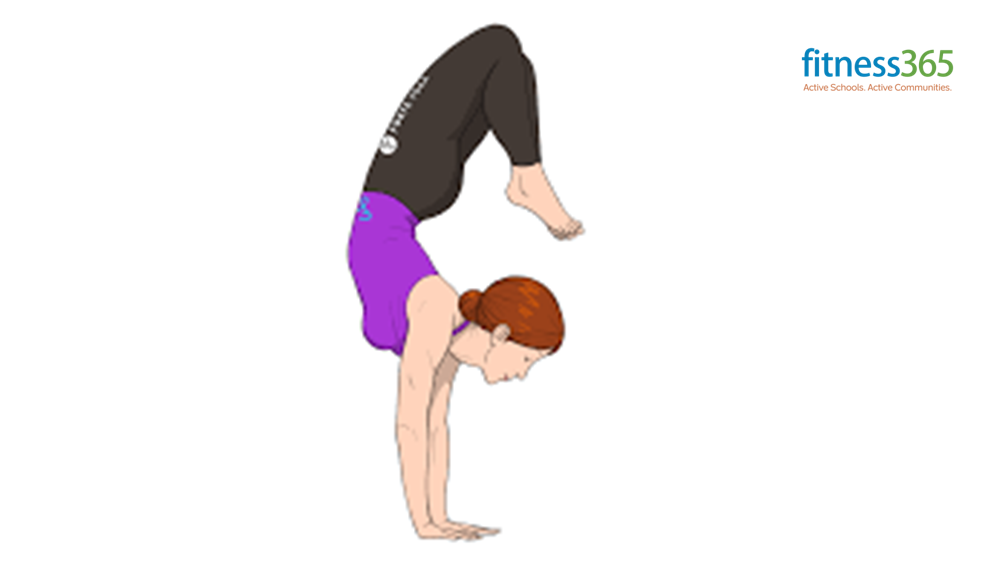
by Neetu | Jun 18, 2020 | Fitness Activity
Posture: Vrischika-asana (The Scorpion Pose)
(Pronunciation: vrik-shah-sa-na)
Description:
Vrischika is the Sanskrit word for scorpion. This posture is so named because the body resembles a scorpion with its tail arched above its head ready to sting its victim. Although it may not be a simple posture for beginners to perform, the Scorpion is not as difficult as it may at first seem.
Performing Instructions
- Kneel on the floor and lean forward placing the elbows and forearms flat on the floor with the palms facing down. Your arms should be placed about shoulder-distance apart.
- Extend your head forward and lift it as high as possible.
- Raise the buttocks and place the feet firmly on the bottoms the toes.
- Inhale a swing the legs up and over the head while maintaining your balance. Bring the legs straight up over your head.
- Slowly bend the knees and drop the legs toward the head being careful not to move too quickly or drop the legs to far while maintaining balance.
- Reverse the steps above and return to a kneeling position.
Comments:
The Scorpion should not be attempted until you are comfortable with all the balance postures (e.g.: Vriksha-asana, Ekapada-asana, etc.) as well as the Headstand (Sirsha-asana). Beginners should do this posture under the supervision of a qualified teacher. When first attempting the Scorpion asana you may want to try it while facing a wall. Position yourself so that when you are doing step #1 above your head is about 2 – 3 feet from the wall. This way if you lose your balance you can use the wall for support.
This posture will provide maximum stretch to the neck, spine, and chest. It combines many of the benefits of the Chakra-asana (the Wheel posture) and the Sirsha-asana (the Headstand).
Duration/Repetitions
Hold the vrischika-asana for as long as you are comfortable. Keep in mind that returning from the posture gracefully without falling out of it will take some strength, so don’t hold it too long. 20-30 seconds is fine for early attempts, increase the time gradually as you become more proficient.
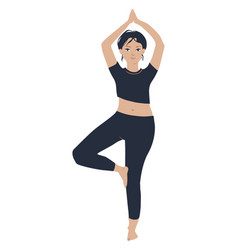
by Neetu | Jun 18, 2020 | Fitness Activity
Posture: Vriksha-asana – The Tree Pose
(Pronunciation: vrik-shah-sa-na)
Description:
The Sanskrit word vriksha means tree, thus this is the Tree Posture.
“Standing straight on the left leg, bend the right leg and place the right foot on the root of the left thigh. Stand thus like a tree on the ground. This is called vriksha-asana.”
Performing Instructions
- Stand with the feet together and the arms by your sides (see the tad-asana).
- Bend the right leg at the knee, raise the right thigh, and bring the sole of the right foot as high up the inside of the left thigh as possible.
- Balancing on the left foot, raise both arms over the head keeping the elbows unbent and joining the palms together. Hold the posture while breathing gently through the nostrils for about 10 complete breaths.
- Lower the arms and right leg and return to the tad-asana, standing position with feet together and arms at the sides. Pause for a few moments and repeat on the opposite leg.
Comments:
The challenge of the vriksha-asana is maintaining balance on one leg. Poor balance is often the result of a restless mind or distracted attention. Regular practice of this posture will help focus the mind and cultivate concentration (dharana).
When practicing vriksha-asana it may help to imagine or picture a tree in the mind and apply the following technique: Imagine that the foot you are balanced on is the root of the tree and the leg is the trunk. Continue by imagining the head and outstretched arms as the branches and leaves of the tree. You may be unsteady for a while and find the body swaying back and forth, but don’t break the concentration. Like a tree bending in the wind and yet remaining upright, the body can maintain balance.
Aim to achieve the “rootedness” and firmness of a tree. Regular practice of the vriksha-asana improves concentration, balance and coordination. Because the weight of the entire body is balanced on one foot, the muscles of that leg are strengthened and toned as well.
Duration/Repetitions
Hold the vriksha-asana as long as you comfortably can. Repeat it two or three times on each leg.










